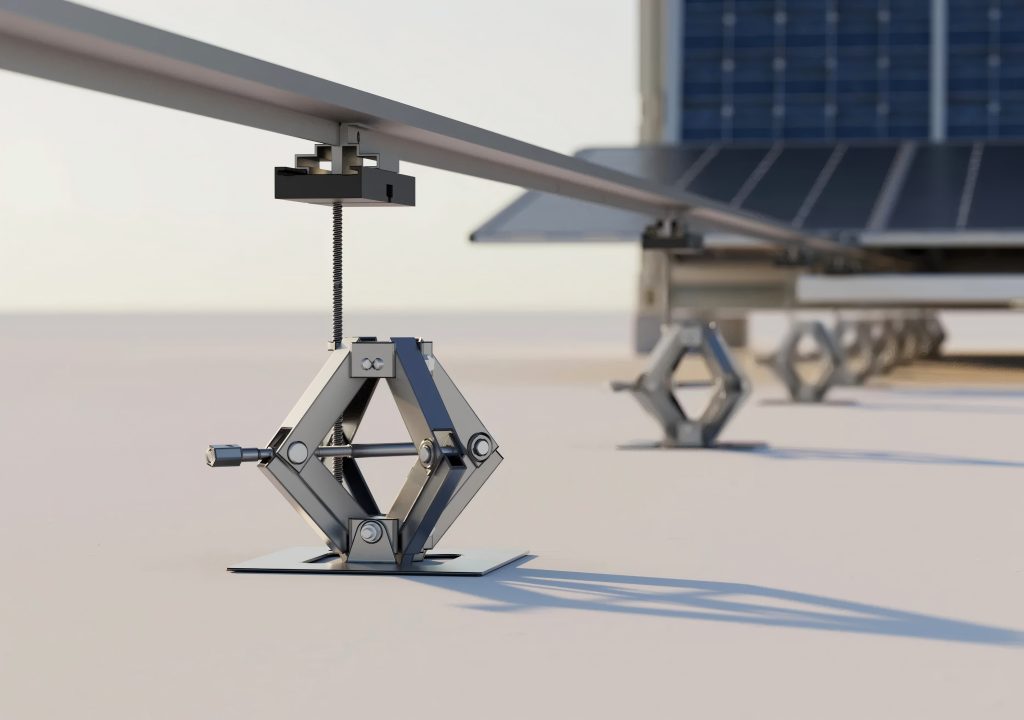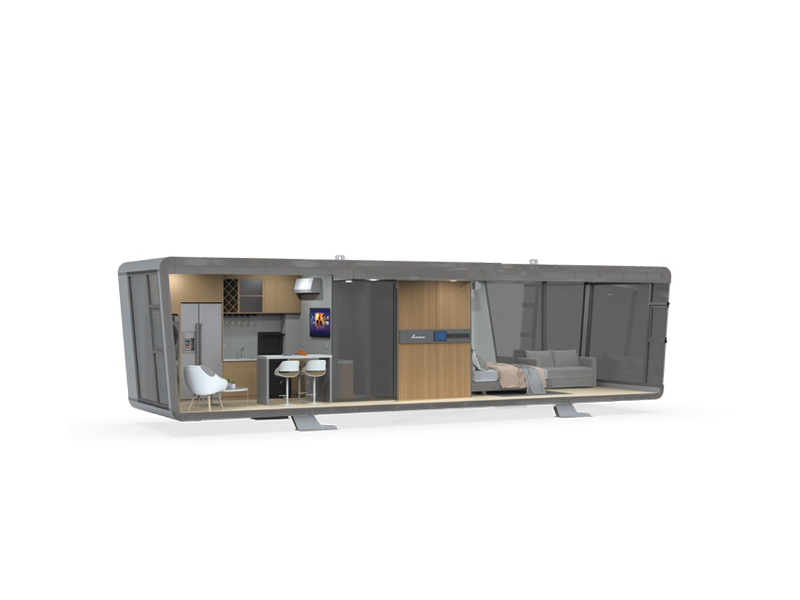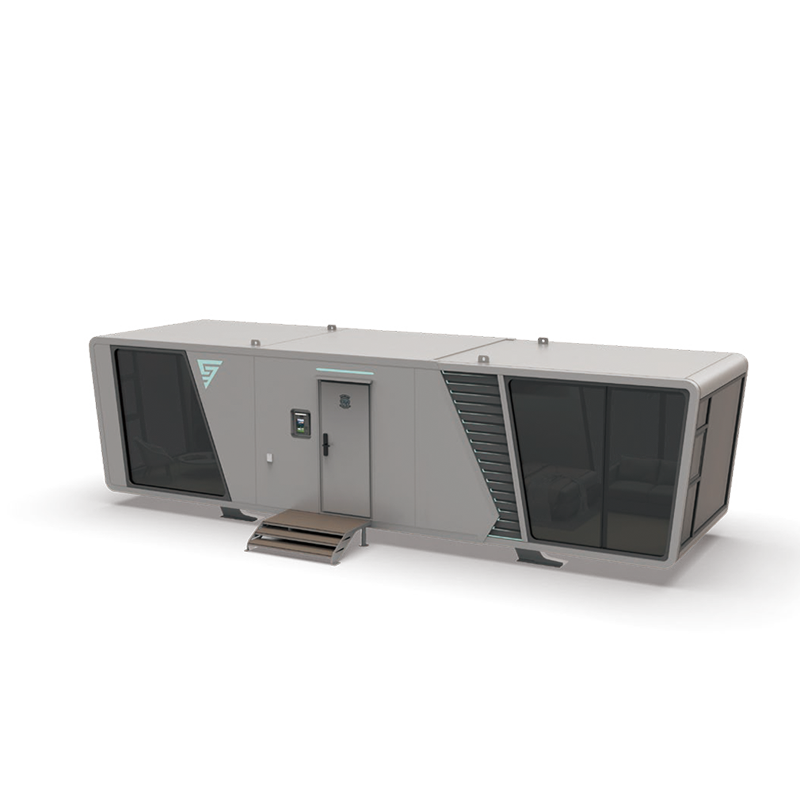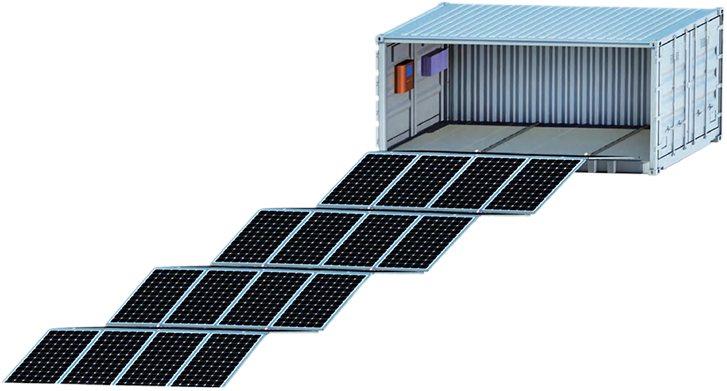Topcon PV modules technical advantages
Lower Operating Temperature
Lower working temperatures ensure higher efficiency and lower fire risk.
Reduce the risk of hidden cracks
Every piece has to go through multiple quality inspection processes to ensure that no cracked wafers caused by silk screen printing and Laser Sintering are into the market.
Outstanding Low Light Performance
It performs better than traditional components under bad lighting conditions.
Exceptional PID Resistance
We use N-type cells with better natural anti-PID performance, optimize the passivation layer, anti-PID coating. The packaging glass processed by craft to reduce ion migration.
High cost performance
Saves 5%+ BOS costs (fewer modules for same capacity)
30-year+ lifespan vs. PERC’s 25-year typical
Mature technology and production line means stronger productivity
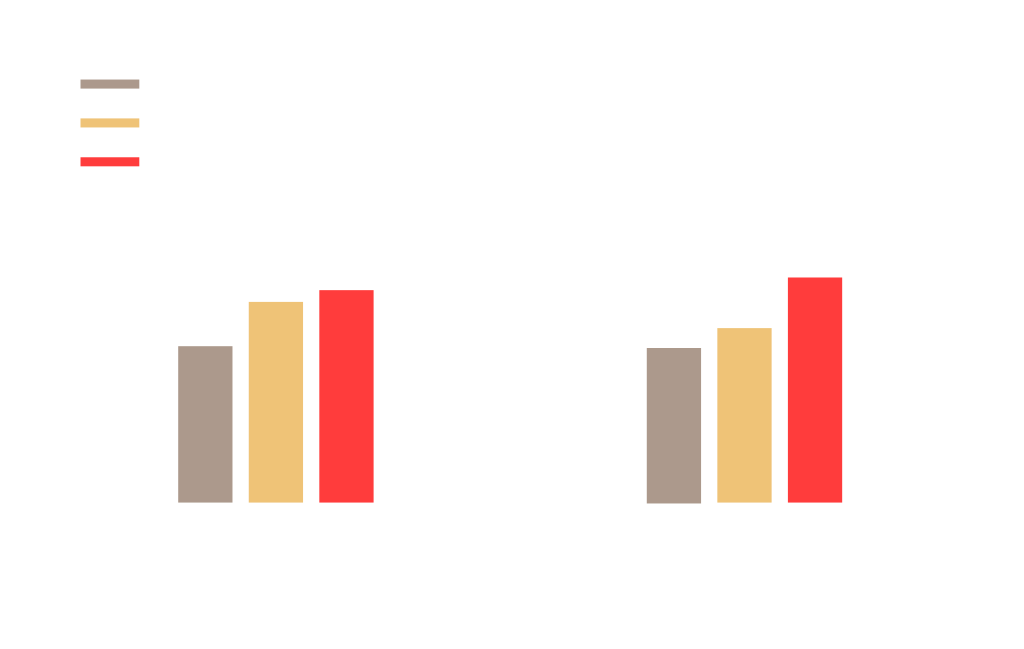
Anti-corrosion & Anti-aging
Anodized aluminum alloy frame (MIL-A-8625 Type III compliant)
POE encapsulant with lower water vapor transmission rate
Laser Enhanced Contact Optimization (LECO)
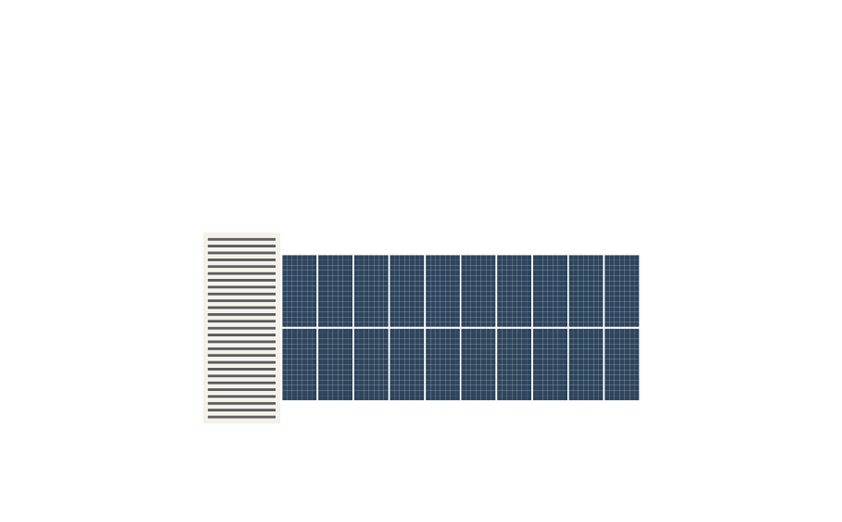
Wind-resistant & Pressure-resistant
Certified to withstand cyclonic wind loads up to:
- Wind speed: 72 m/s (≈259 km/h)
- Wind pressure: 3.4 kPa
- Standard compliance: AS/NZS 1170.2:2021 (Structural design actions - Wind actions)
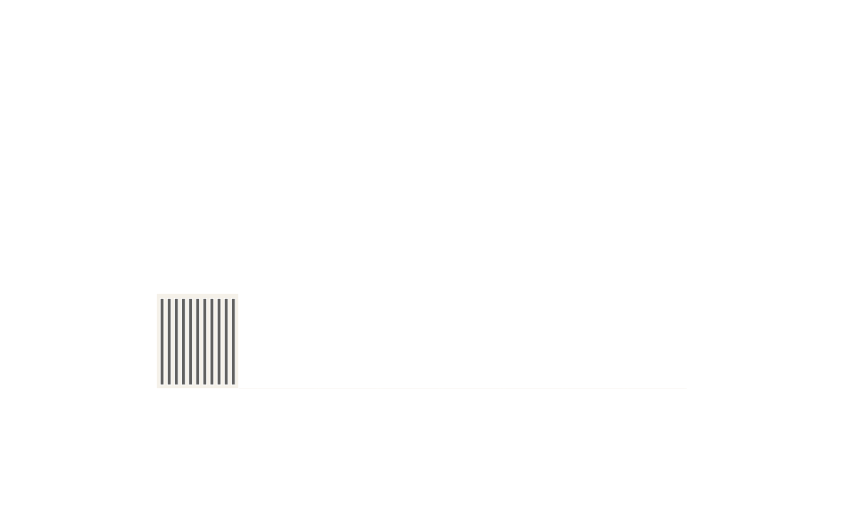
Low attenuation
First Year Degradation 1%; Year 2-30 Degradation 0.4%

Containerized Solar Power System
Plug & play.
- All modules have ready-for-service wiring
- Aluminium rail system can be anchored on site
- Laser-optimized rail alignment and positioning
- Easy to secure with innovative mobile earth anchors
- Power inverter built into the container
- No sealing of soil surfaces and no cable trenches
- Simple assembly
- Simplified building permit
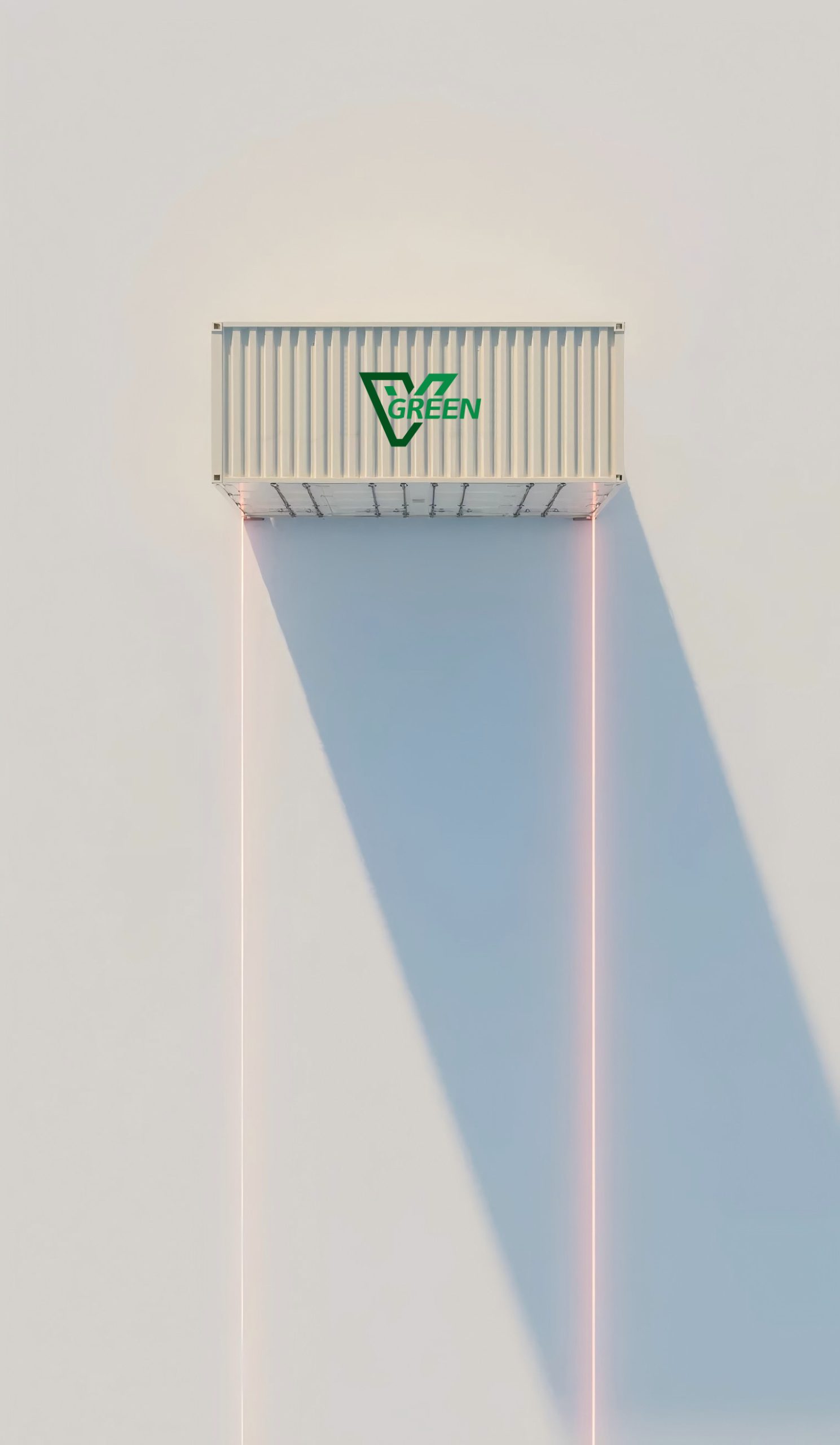
1. Laser-optimized alignment
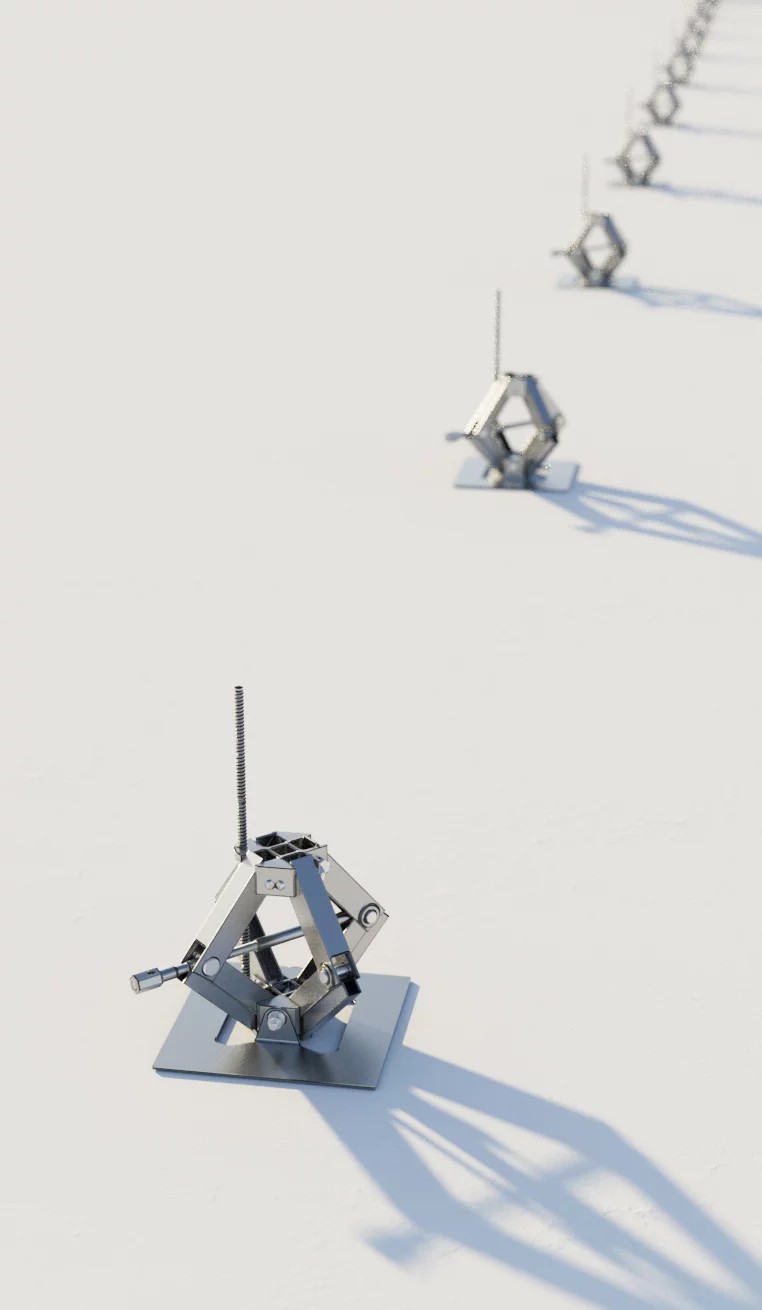
2. Set ground anchor
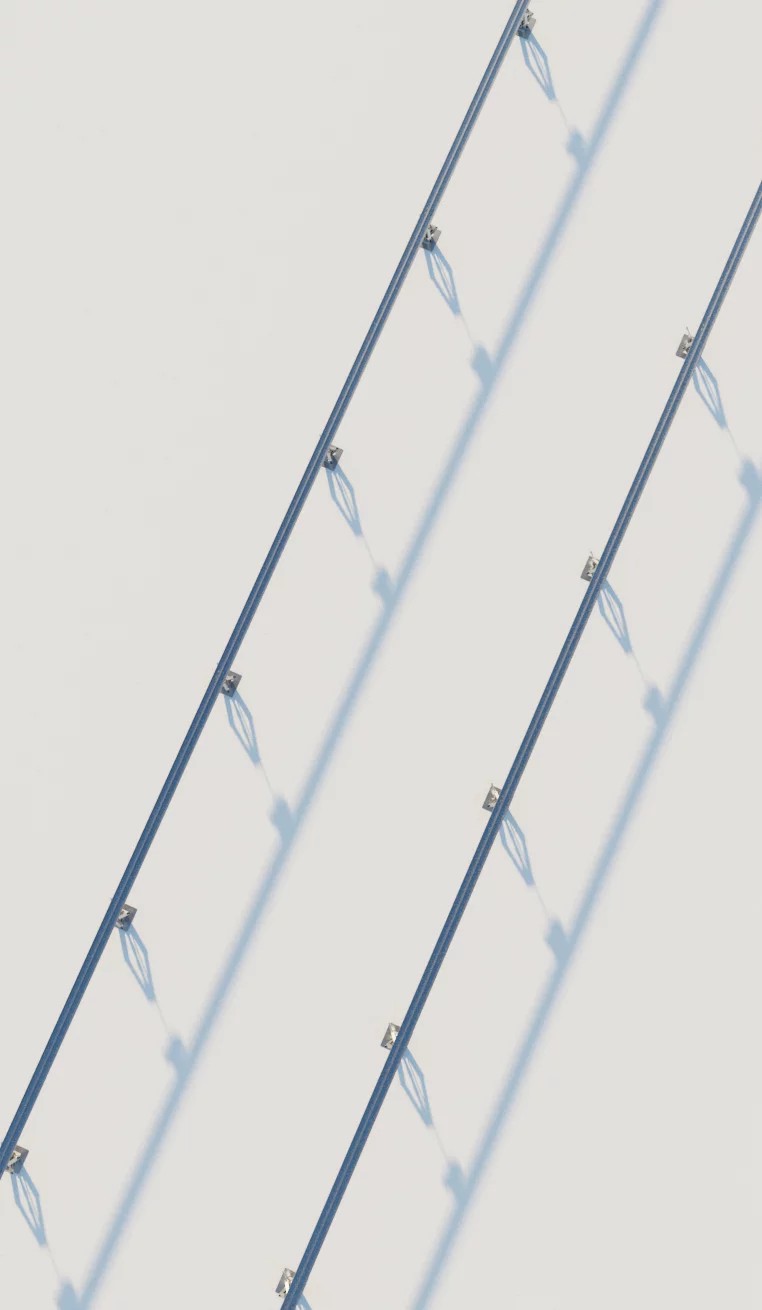
3. Place rails
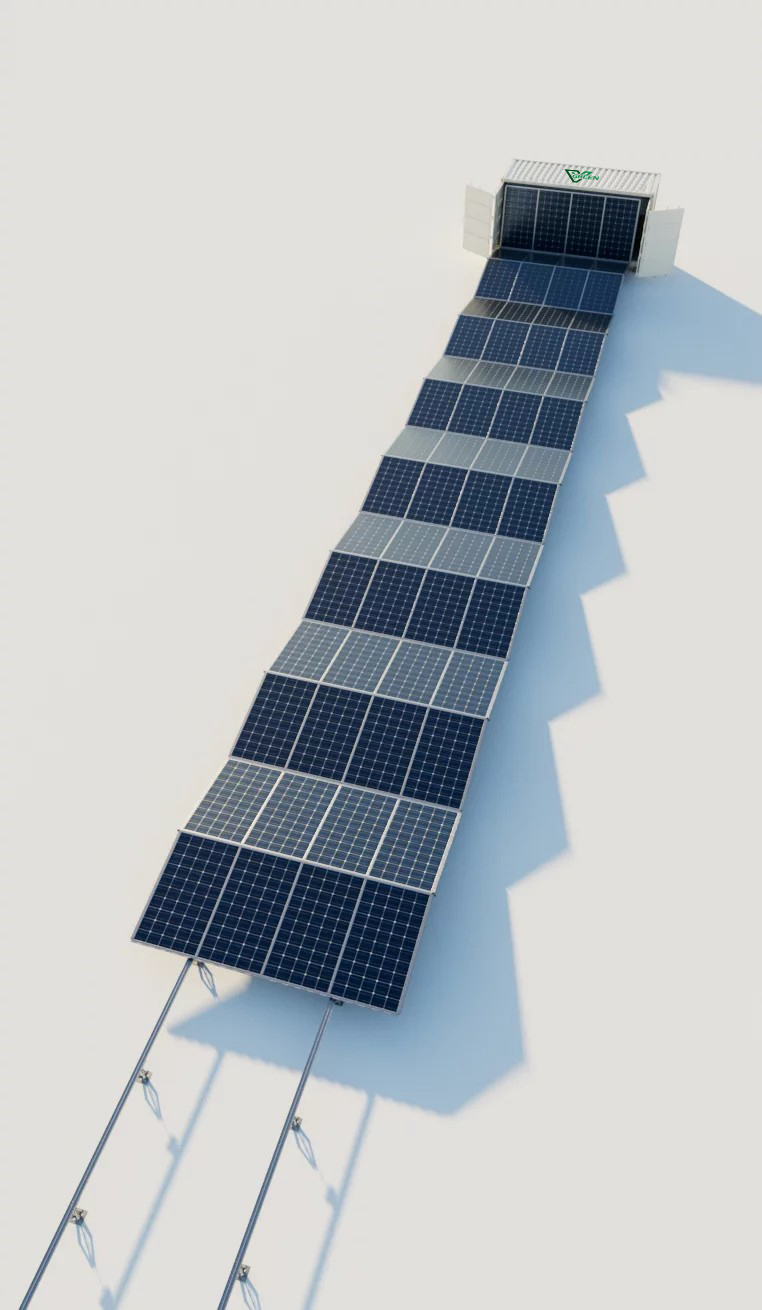
4. Position the modules
A solid reason.
Stable ground anchoring is required to ensure the substructure is positioned quickly and securely. Our unique, patent-pending earth anchor enables the rail system to be installed simply and without great effort. The in-built laser in the solarfold and specially-produced measuring tape allow you to mark and drill holes for the earth anchor very quickly. The anchor is then lowered onto the ground and screwed down with the battery-powered screwdriver. The earth anchors can be used for a comprehensive range of terrains.
